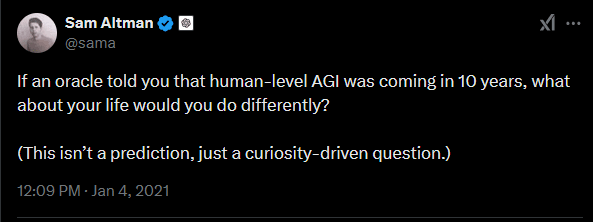Published on January 26, 2025 6:04 PM GMT
What do we want?
The US trade deficit is a direct byproduct of the Bretton Woods economic system where the US Dollar acts as the world's reserve currency. This means that if people want to save for the future (as many do) the money they save inevitably ends up in form of US dollar denominated debt.
What this means is that even if the US government were to run a balanced budget (which it should do for other reasons), it would not reduce the trade deficit. Instead, all of those excess dollars would end up in the form of private debt, which would show up in the economy as higher asset prices (houses, stock market, etc).
So, how would you actually reduce the trade deficit?
Obviously one way is we could make the US not the world's reserve currency (say by selectively defaulting on US debt so that foreign citizens/governments no longer feel safe holding US dollars). But let's suppose we wanted to do so without destroying the entire world economy.
So instead we should ask: what is the least economically disruptive way to reduce the US trade deficit?
Ideally, we would like a system that:
- Allows foreigners to satisfy their demand for safe USD savings.Does minimal harm to US consumers (in the form of higher prices for foreign goods)Does minimal harm to the global economy (in the form of higher barriers to trade).
How do we do it?
Here is my suggestion:
Set a flat "border adjustment" tariff on all goods entering the US and remit the proceeds of that tariff to an institution whose sole purpose is to increase the consumption of US exports. (we could call this institution the Import-Export Bank, which conveniently already exists).
The Import-Export Bank would then go about aggressively funding projects abroad that promise to consume large amounts of US goods. Ideally these would be potential money making ventures (mostly in the developing world) that would spur economic growth abroad. Things like roads/ports/power-plants that could be built using American technology.
Of course, I'm not the first person to think of this. China already does this.
What could go wrong?
The Import-Export Bank would be a government institution with a mandate to spend hundreds of billions of dollars in 3rd world countries (which aren't exactly free of corruption). As such, we can expect it to be a hotbed of corruption, waste, inefficiency and abuse of all sorts.
In addition, many countries will blame the US for "trying to export its trade deficit problem".
I suspect the former problem will be more of a practical issue than the latter (there will always be someone willing to take the money).
How much would this cost?
The US trade deficit was $773B in 2023. How much it would cost to reduce this to 0 depends on two factors:
- What is the elasticity of demand of imports to tariffs?How efficiently can the Import-Export Bank stimulate consumption of US exports?
Unfortunately neither of these has a hard and fast answer. Elasticity of demand varies across products and over time. And the efficiency of the import export bank could be anywhere from 0 (all the money is wasted) to many multiples of 1 (the US builds a LNG terminal in another country and as a result is able to export many multiples of the cost of the terminal)
Suppose we believe that the elasticity of demand for imports is 0.8 and that the efficiency of the Import-Export Bank is 1.0. This means that we get to divide the trade deficit by a total factor of 1.8. So $773B/1.8/330M people = $1285/person. Or, looking at it another way, $773B/1.8/$27.3T = 1.5% of GDP.
Can we do better than this?
Obviously we can do better by making more optimistic assumptions about the efficiency of the Import-Export Bank.
Are there other assumptions we could change? Or maybe a totally different method that would be even better?
Does any of this matter?
Probably not.

Discuss

